Strong Solar Flare slams into Earth, Geomagnetic Storm unrest set to continue today, beautiful auroras expected
After the continuous Geomagnetic unrest due to the strong solar flare which impacted Earth magnetosphere, sky watchers can expect auroras today.
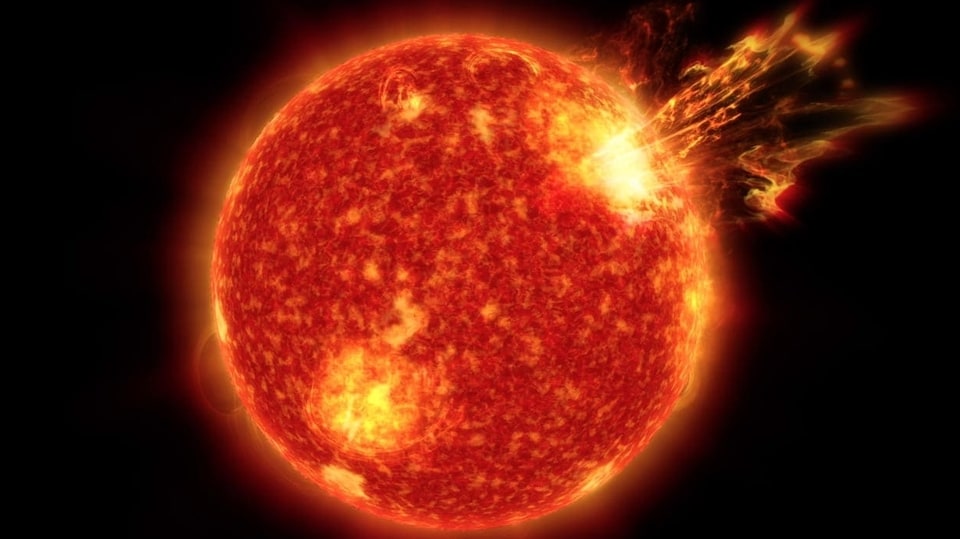
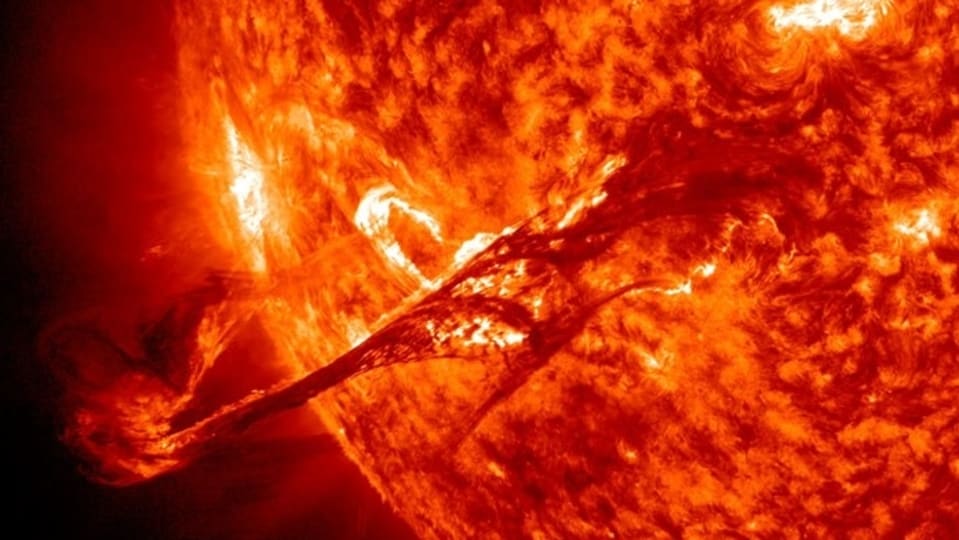
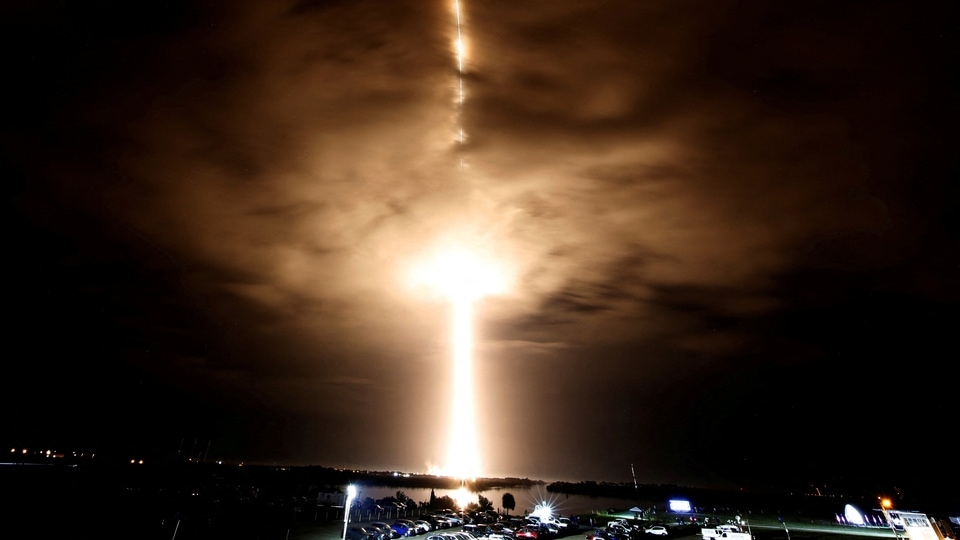
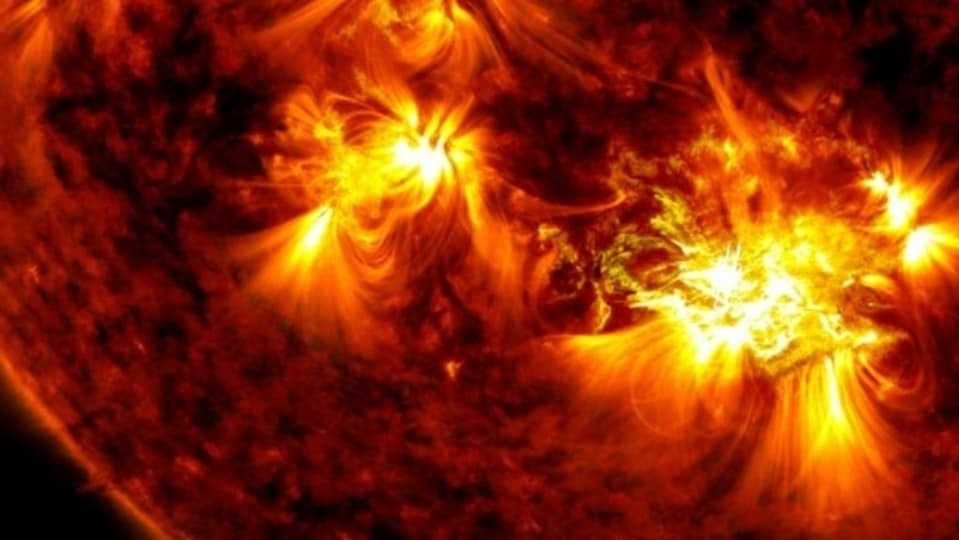
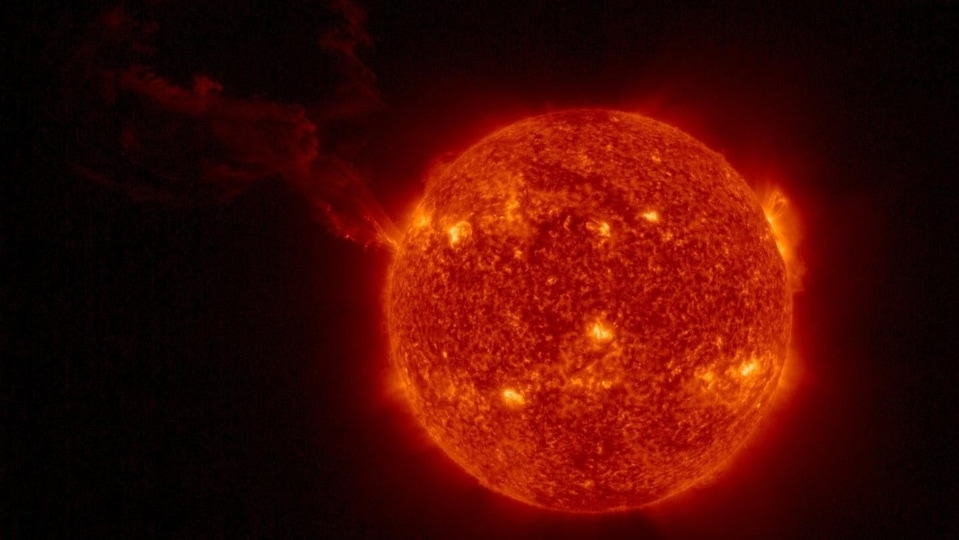
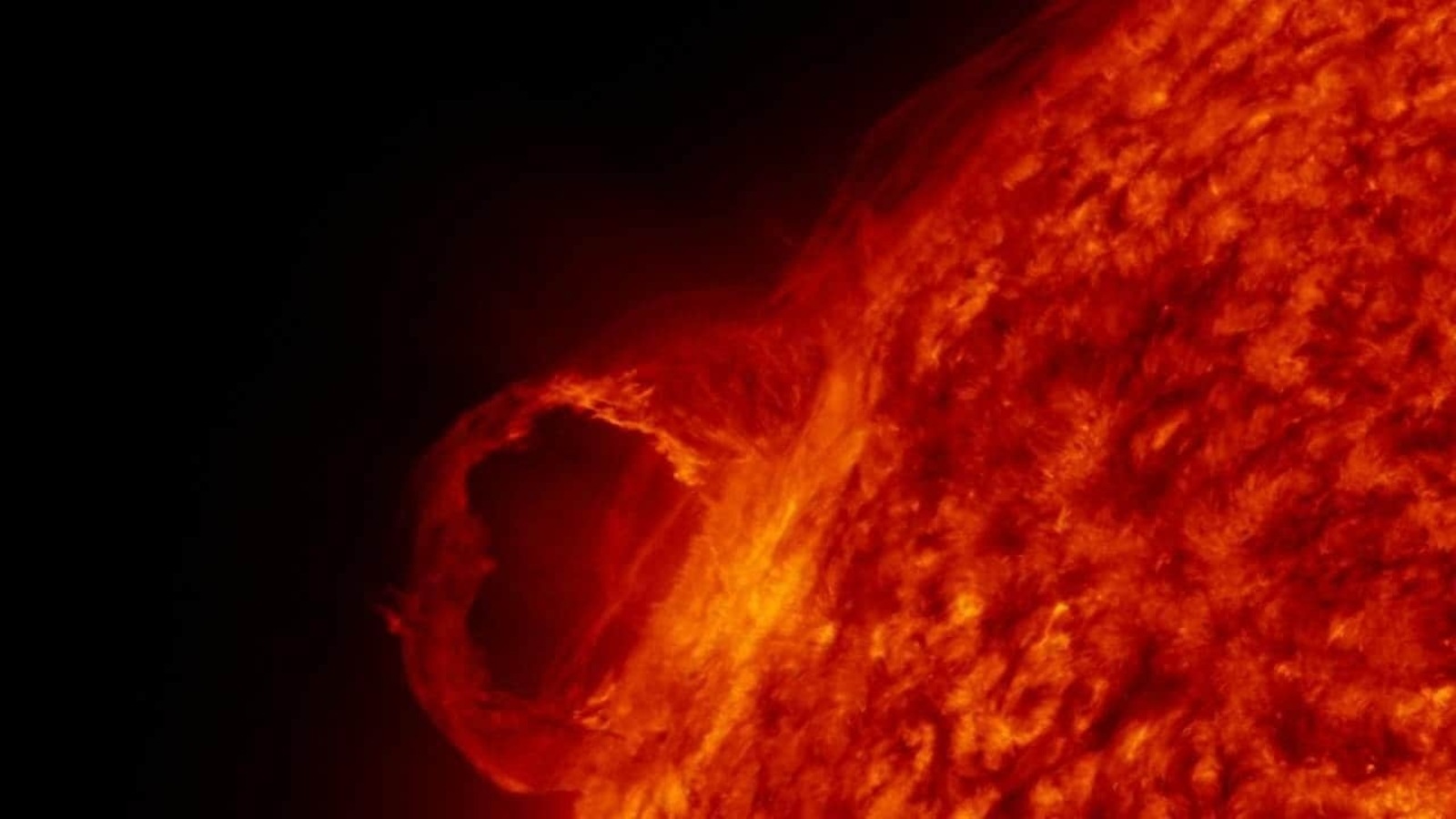
 View all Images
View all ImagesThe Sun has been extremely active over the recent weeks and has been shooting of huge amounts of energy in the form of solar flares, some of which has safely dissipated out in space, but then some careened towards Earth and slammed into it. As a result, geomagnetic storms have been sparked here, affecting some human activity, especially in regards to communications like radio and satellites. The sun has sent clouds of charged particles through the solar system, known as Coronal Mass Ejection (CME). NASA explains these CMEs as the massive solar particle eruptions due to intense flares from the Sun. CMEs fire an abundance of plasma, gases, and magnetic fields out into space, often from the Sunspots which are bubbles in the Sun's magnetic field.
In the latest episode of geomagnetic unrest, Earth has again faced the consequences of the solar storm. “The latest #solarstorm in the series hits Earth now! It is a fast-moving storm & sporadic #aurora is possible to mid-latitudes. G1 (Kp5) levels now & G2-levels are possible if the field can sustain a southward direction. Expect #GPS & amateur radio issues on Earth's night side,” space weather expert Dr. Tamitha Skov tweeted.
This has been confirmed by the SpaceWeather report, which says a CME hit Earth's magnetic field on August 20th at 18:12 UT (23:42 IST). Thankfully, the weak impact of CME caused hustle-bustle of the geomagnetic activity on Earth but not a full-fledged geomagnetic storm. However, the report further mentioned that another similar CME is expected to arrive today, that is August 21. There is a possibility that it could push Earth's magnetosphere over the threshold of minor G1-class geomagnetic storms on 21-22 August due to CME influences, The National Oceanic and Atmospheric Administration (NOAA) confirmed.
“Earth's magnetosphere is buzzing with activity. At least three CMEs have hit since Aug. 17th, none with great force, but together sufficient to spark multiple geomagnetic storms and substorms,” the SpaceWeather report mentioned. However, these continuous geomagnetic storms are generating some pleasant results too. On August 20, they sparked auroras that were seen all over the Canadian border into North Dakota. With the latest geomagnetic storm, there is a possibility that sky watchers may get another spectacular view of auroras at high latitudes.
Catch all the Latest Tech News, Mobile News, Laptop News, Gaming news, Wearables News , How To News, also keep up with us on Whatsapp channel,Twitter, Facebook, Google News, and Instagram. For our latest videos, subscribe to our YouTube channel.





























